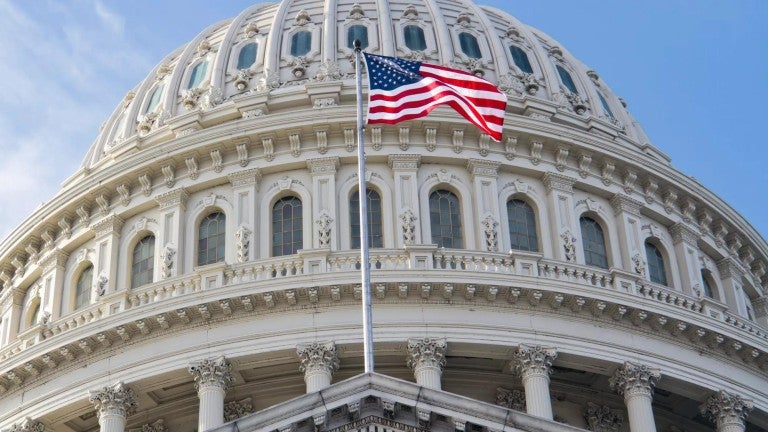Student loan debt is hindering employees’ retirement savings. To help, a new provision within SECURE 2.0 lets employers match student loan payments with contributions to the employee’s retirement account.

Americans are holding an astronomical amount of student loan debt, $1.7 trillion as of 2023.
Not participating—paying off student loan debt

As part of the SECURE Act of 2022 (SECURE 2.0), Congress passed the matching student loan debt repayment provision. Under the rule, if an employee makes payments to their student loan, the employer can match those payments with contributions to the employee’s 401(k).
How the SECURE 2.0 student loan 401(k) match works
This optional provision became effective as of January 1, 2024, and applies to retirement plans already offering matching contributions. Considering our proprietary data shows that 70% of plans have some type of match, a majority of retirement plans are likely eligible.
The provision has the same rules for employee eligibility, match rate, and vesting schedule as any elective deferral from the employee’s salary. If for example, the employer offers a 6% match for elective deferrals, the employee would receive a dollar-for-dollar match of the student loan payments up to 6% of the employee’s salary into their retirement account.
Claiming the match. Employers implementing this provision must allow employees at least three months after the closing date of the plan year to claim the matching contribution. For example, if the employer’s retirement plan closes on December 31, 2024, the employee has until March 31, 2025, to claim the student loan contribution match.
Self-certification. Employers may rely on an employee’s self-certification that they made a qualified student loan repayment (QSLP) during the plan year. This self-certification may be done annually, and the process is determined by the employer.
Contributions. Matching contributions are limited to the 402(g) limit, reduced by any elective deferrals made by the employee for the year.
ADP testing. Plans may test employees receiving student loan matches separately for the plan compliance nondiscrimination ADP test.
Using the student loan 401(k) contribution match to help with recruitment and retention
Recruiting and retaining workers has been the top business issue for employers for the past two years.
Nearly
60%
Of employers agree that their employees would use a wage deferral program to help pay off their student loan debt.
74%
Of employees with student loans agree they would be more likely to continue working for an employer that offered student loan-related benefits.
What’s next?
Employers continue to move forward adding required and optional SECURE 2.0 provisions to their retirement plans as effective dates come into focus. SECURE 2.0 is a massive piece of legislation that many still have questions. To help, we’ve assembled a trending questions and answers document about the SECURE 2.0 Act and what it means for employers.


